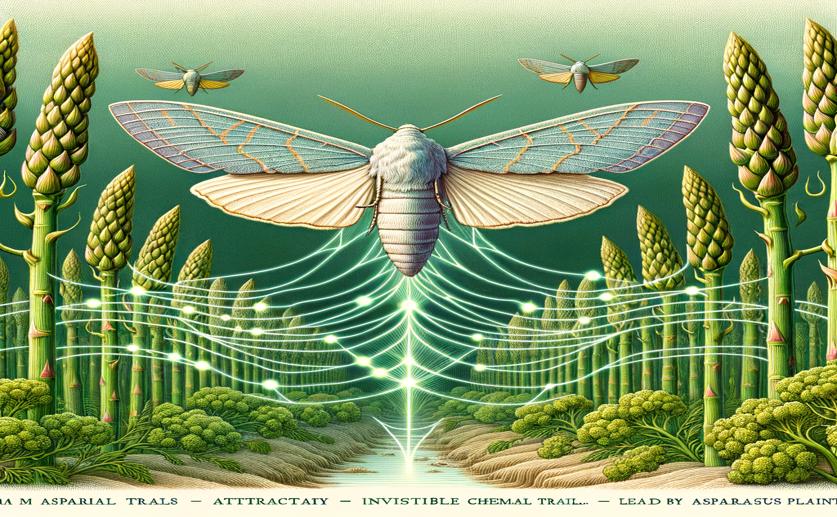
Discovery of the Attraction Chemical of the Asparagus Moth
Jim Crocker
21st May, 2024

Image Source: Natural Science News, 2024
Key Findings
- The study focused on the asparagus moth in southern Europe, a major pest for asparagus crops
- Researchers identified four key pheromone compounds produced by female moths
- A specific blend of three compounds was most effective in attracting male moths for pest control
AgricultureBiochemAnimal Science
References
Main Study
1) Identification of the Sex Pheromone of the Asparagus Moth, Parahypopta Caestrum (Lepidoptera, Cossidae)
Published 20th May, 2024
https://doi.org/10.1007/s10886-024-01504-y
Related Studies
2) Identification of the sex pheromone of the tree infesting Cossid Moth Coryphodema tristis (Lepidoptera: Cossidae).
3) Sex pheromone components of the European goat moth,Cossus cossus.



 20th May, 2024 | Jim Crocker
20th May, 2024 | Jim Crocker